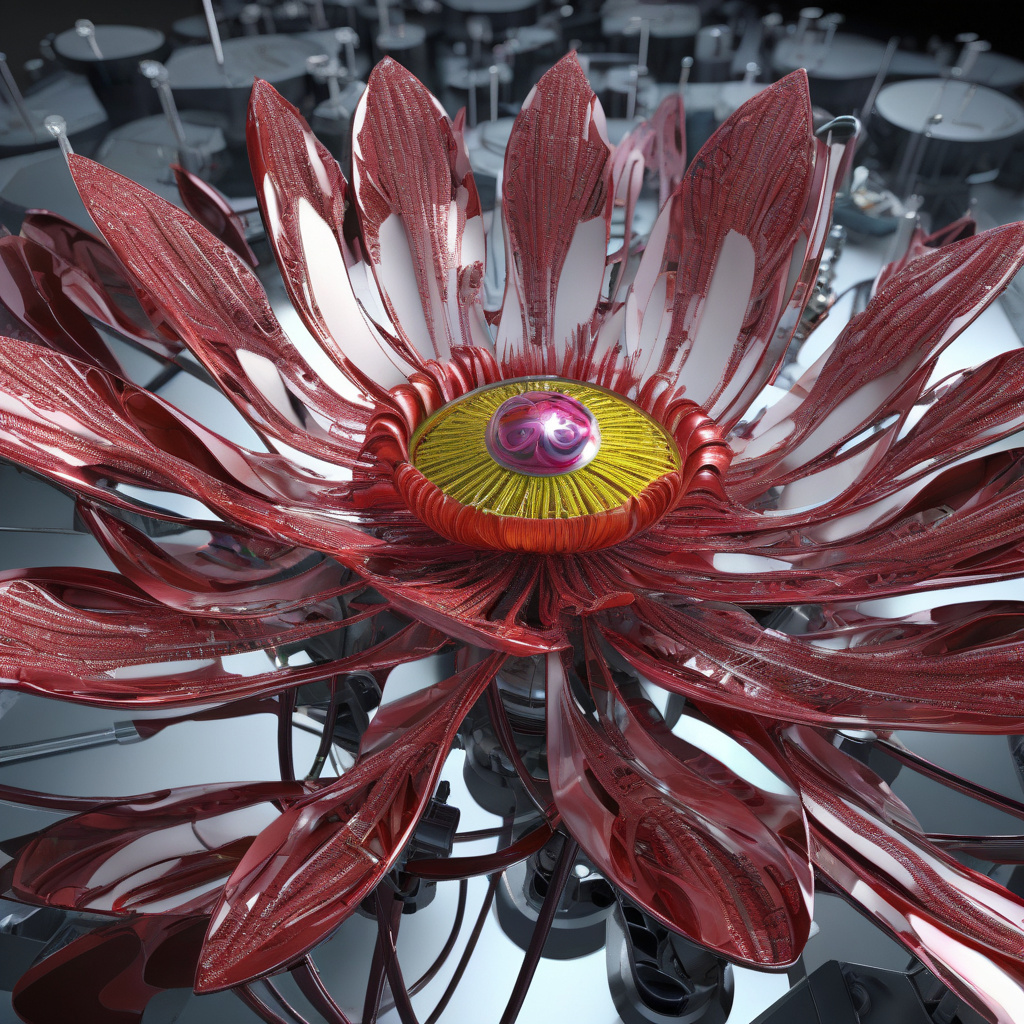“Flower-like Catalyst Mimics Photosynthesis to Turn CO2 into Fuel with Precision”
Carbon dioxide levels are at a historic high, and the need for carbon capture solutions has never been more urgent. In the quest for sustainable alternatives, a groundbreaking innovation has emerged – a “flower-like” catalyst that mimics the process of photosynthesis to convert CO2 into fuel with remarkable precision.
This revolutionary catalyst, inspired by the intricate structures of flowers, has the potential to transform the landscape of carbon capture technology. By harnessing the power of sunlight, this artificial photosynthesis system can efficiently convert carbon dioxide emissions into valuable fuels, offering a promising pathway towards a greener future.
The key to the effectiveness of this catalyst lies in its unique design, which closely resembles the natural process of photosynthesis in plants. Just as leaves capture sunlight and convert it into energy, this artificial catalyst utilizes light to drive chemical reactions that transform CO2 into useful fuels such as methane or ethylene.
One of the primary advantages of this “flower-like” catalyst is its precision. By carefully controlling the structure and composition of the catalyst, researchers can tailor its properties to optimize the conversion of CO2 into specific types of fuel. This level of control allows for greater efficiency and selectivity in the conversion process, maximizing the yield of valuable end products.
Moreover, the use of sunlight as a driving force for the chemical reactions offers a sustainable and renewable energy source. Unlike traditional carbon capture methods that rely on energy-intensive processes, this photosynthesis-inspired catalyst operates using solar power, making it both environmentally friendly and cost-effective.
In addition to its environmental benefits, this innovative catalyst also holds significant economic promise. By enabling the conversion of CO2 emissions into useful fuels, it provides a new revenue stream for industries while simultaneously reducing their carbon footprint. This dual benefit makes it a compelling solution for companies seeking to meet sustainability targets while maintaining profitability.
As research into this “flower-like” catalyst continues to advance, the potential applications are vast. From industrial-scale carbon capture systems to portable devices for personal use, the versatility of this technology opens up a wide range of possibilities for combating climate change and transitioning towards a more sustainable future.
In conclusion, the development of a catalyst that mimics photosynthesis to convert CO2 into fuel marks a significant milestone in the ongoing quest for innovative carbon capture solutions. With its precision, efficiency, and sustainability, this technology has the potential to revolutionize the way we approach carbon emissions and accelerate the transition towards a greener, more sustainable world.
carbon capture, artificial photosynthesis, sustainable technology, renewable energy, green innovation












